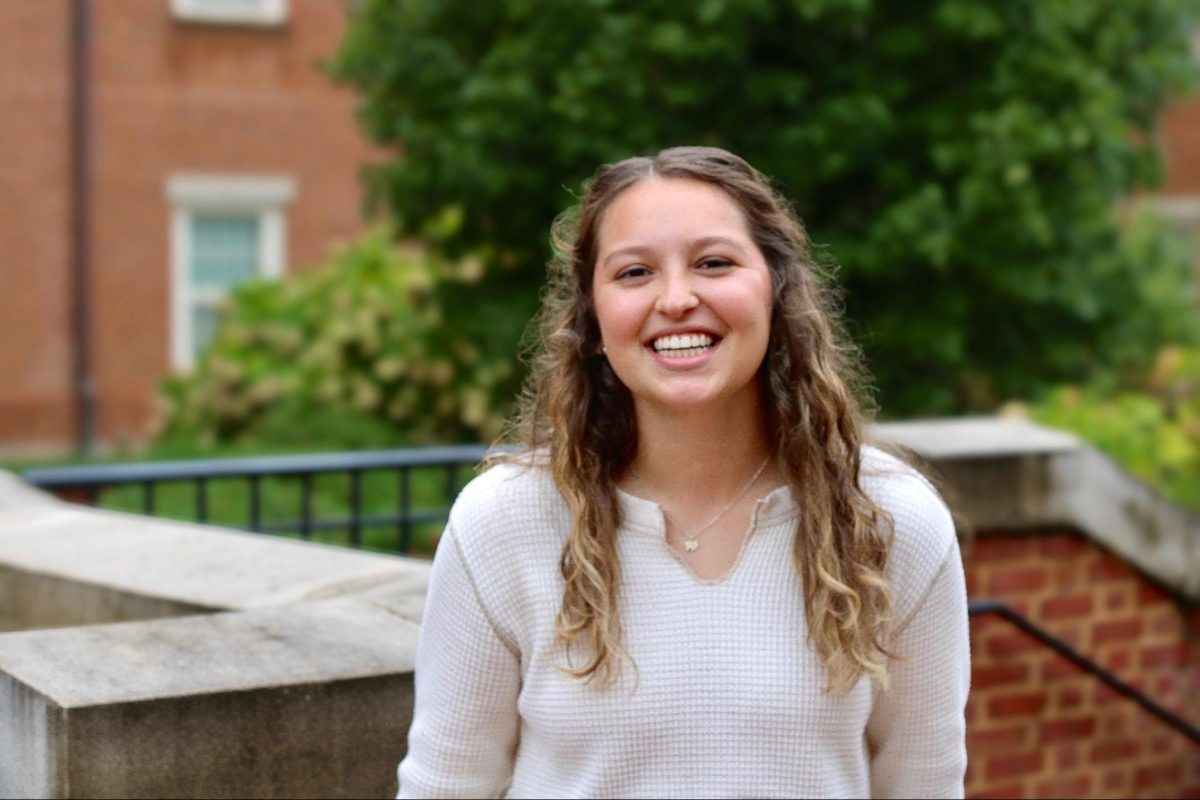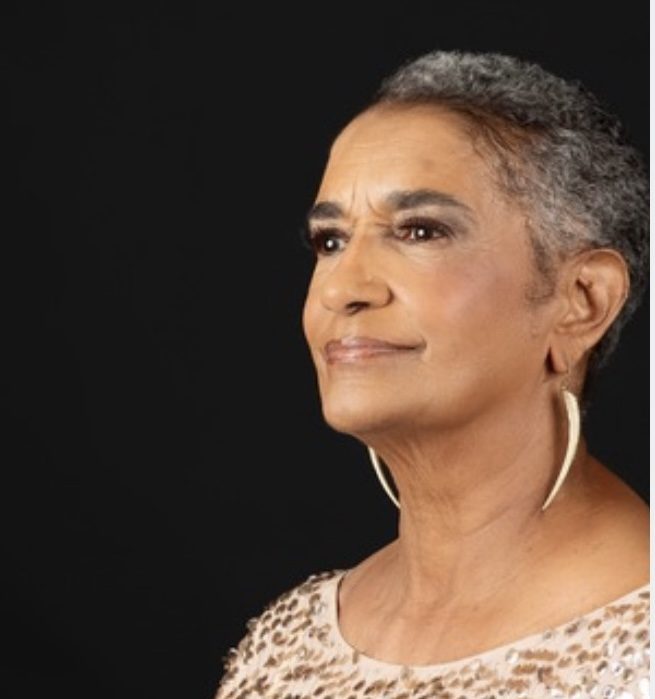On a typical Wednesday evening, while most students are buried in textbooks or frantically refreshing Canvas, a particular group of Wake Forest students gather for something different. Rather than tests, pressure or expectations, there are open conversations, laughter and sometimes therapy dogs. This is NAMI Wake Forest, the university’s chapter of the National Alliance on Mental Illness. Over the past five years, the club has transformed from an idea into an impactful student organization that creates a space for education, advocacy, and community around mental health.
Senior Brooke Smith, one of the club’s former co-presidents, has participated in NAMI since its founding. For her, NAMI’s mission is personal.
“I was very into mental health in high school. I had a friend who really struggled with their mental health and I didn’t know how to help,” Smith said. “I was able to help her go to guidance counselors and get help, but from there I realized this is definitely a problem.”
This realization turned into action as Smith became involved with mental health awareness in high school. When she arrived at Wake Forest, she was surprised to find an absence of formal mental health clubs.
However, with luck – and a few posters in Bostwick – she became connected with Patrick Cheon, an upperclassman who was starting a NAMI chapter. When Cheon graduated, he passed the reins to Smith and other first-year students, including Brystol Habermatcher, her eventual co-president.
NAMI’s early days were slow as the club lacked funding or an official charter, but their activity grew as Smith and her peers learned more about event planning. Now, NAMI Wake Forest meets weekly for student-led discussions on topics such as climate anxiety or the impacts of studying abroad on mental health.
Some weeks, NAMI members also play games, host panels of mental health professionals and listen to educational presentations. Through events ranging from puppy yoga to Valentine’s Day celebrations, the club’s goal is to keep conversation about mental health meaningful, accessible and low-pressure.
“In meetings, I think people really like just taking a break,” Smith said. “Everyone’s super busy and stressed out. It’s just 45 minutes where you can not think about school for a minute, and we don’t even have to be talking about really difficult issues all the time. We all care about this together.” The club’s new President, junior Alyssa Totoro echoes that sentiment. She said NAMI plays a major role in both providing helpful resources to students who are struggling as well as removing the stigma surrounding mental illness at Wake Forest.
“Half of it is about advocating and fundraising and getting resources to provide those support systems,” Totoro said. “But the other half is about just breaking down the stigma and [recognizing that] it’s not necessarily something you need to shove under the rug. You can be in Greek life, or be an athlete, or be one of the most successful people in your class and still struggle with mental health.”
According to Totoro, NAMI reminds people that they’re not alone in their struggles and helps to break down barriers to seeking help.
“We like to say that we’re all really cool people who are all in the club,” Totoro said. “And seeing that you can be successful and have all of these amazing things that we all do individually and still be out there saying that ‘I’ve struggled with mental health and I’m here’ is a great way to start breaking down those boundaries and reducing the stigma.”
In addition to their weekly meetings and events, NAMI extends its mission to the local community.
Over the past year, NAMI students developed a mental health education presentation for middle schoolers. Their first event took place at Hanes Magnet School, where over 350 sixth graders learned about the basics of brain chemistry and its relation to anxiety and depression.
NAMI partnered with Alpha Phi Omega and the Organization of Latin American Studies to organize the gathering. Smith viewed the collaboration as an opportunity to foster discussion about mental health with cultural responsiveness, as Hanes has a large Spanish-speaking student population. She also saw the groups’ contributions in bridging a gap in mental health education for middle school students.
“I think just having the ‘cool college students’ come in and talk about it [helps],” Smith said. “Maybe they won’t remember everything, but it’s just the basics of, ‘they care about it…maybe I should too.”
Looking forward, Smith reflects on her hopes for the future of NAMI at Wake Forest, including expanding outreach to middle schools and connecting with more Wake Forest students. “I want to be able to come back someday and see a ton of people at NAMI meetings, see it still flourishing and thriving,” Smith said.
For now, NAMI continues to meet weekly with open arms, new ideas, and a reminder that sometimes the most powerful thing one can do is just show up.
Correction, April 24: A previous version of this article online and in print contained a grammatical error. This error has since been corrected.










